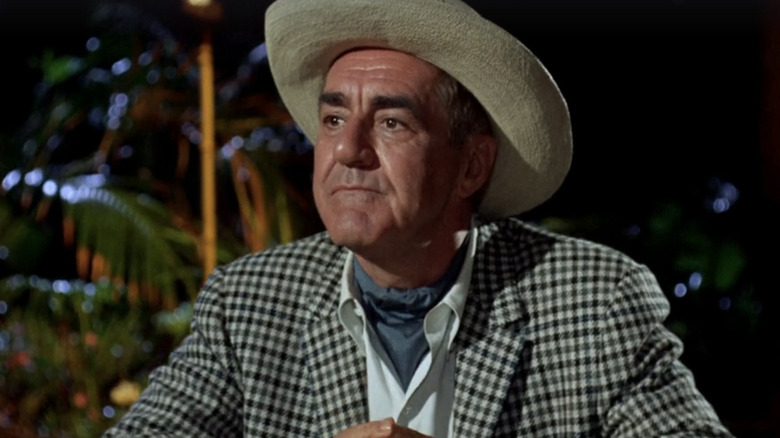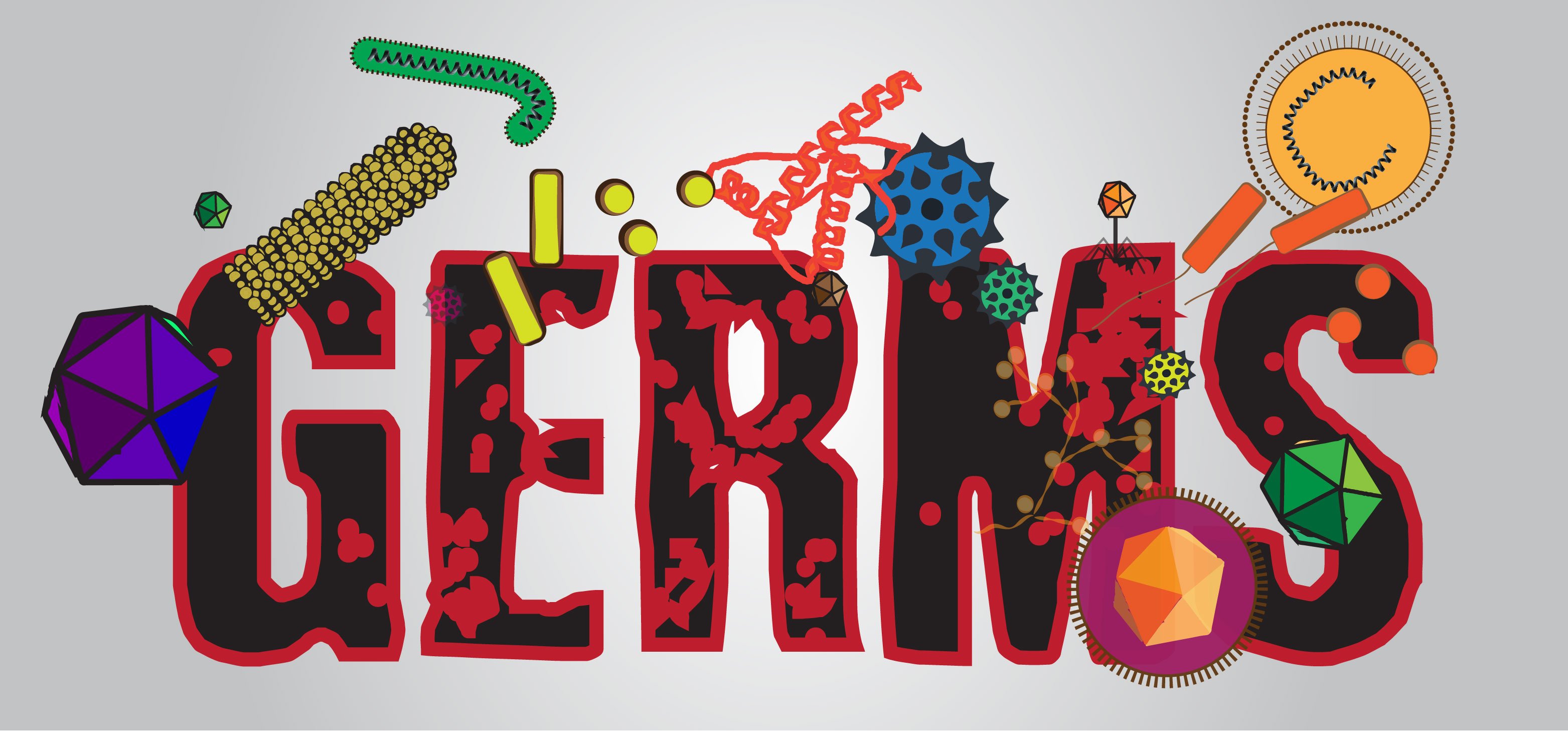Lost’s pilot episode is the best pilot episode in the history of television. I don’t know anyone who watched it and wasn’t immediately hooked. Nowadays, when I get show recommendations, a lot of them come with the disclaimer, “You got to give it a couple of episodes.” You don’t need to give Lost a couple... Continue Reading → The post Desert Island appeared first on BlogGaud.
Lost’s pilot episode is the best pilot episode in the history of television. I don’t know anyone who watched it and wasn’t immediately hooked. Nowadays, when I get show recommendations, a lot of them come with the disclaimer, “You got to give it a couple of episodes.” You don’t need to give Lost a couple of seconds before you are all in.
There are several reasons why Lost was so addictive. The mystery. The ensemble. The setting. These all contributed to my weekly viewing. But, it was how I envisioned handling myself on a desert island that really pulled me in.
I didn’t imagine myself evading smoke monsters, but I did wonder how I would navigate so many unique personalities while waiting to be rescued. In thinking about the characters, I found that the Lost characters fit into different desert island survival archetypes.
Helpless
Most viewers would love for this person to be an Instantly Killed (see below). The reason being is their helplessness usually ends up getting someone killed. And that someone is typically a beloved character.
They latch onto the doers and share a back-sob-story, that is supposed to provide justification for why they can’t help in any capacity. Maybe I’m just a jerk, but I don’t buy-in to the past trauma that leads to their ineptitude. There’s almost always a redemption story with the Helpless, who end up doing something heroic that overcomes their fears. But, by this point in the story, their lack of abilities has usually burned every bridge with me and most likely resulted in the death of someone I was rooting for.
Complainer
Different from the Helpless in that the Complainer can actually contribute. It’s that they don’t like to, and they’ll let everyone know they don’t like to, and why they don’t like to.
The biggest problem with the Complainers is that they are rabble-rousers. At some point the survivors will get to a point where they need to make a tough decision. The Complainer will rally dissenters against the Leader, making the necessary choice for group survival a much for difficult one for everyone.
Instantly Killed
This person begins to show signs of the Helpless and/or Complainer, but before they can permanently identify with either category, they die horrifically. Ignorance rears its ugly head with the Instantly Killed. Inspecting a noise that doesn’t need inspecting. Underestimating their environment. Trying to prove a point in an argument about something not being as dangerous as everyone else says it is. These are all segues to a death that occurs before the main characters can grow 5 o’clock shadows.
Loner
They’re a mystery. Maybe it’s the way they look or maybe it’s how they carry themselves, but the other survivors tend to keep their distance from the Loner, and the Loner is perfectly content with that. There’s usually a scene early on where the Leader approaches the Loner looking for assistance. Often, the Loner will make eye contact, say nothing, and just walk away.
This defiant behavior can be associated with villainy, and in some cases the Loner ends up being an antagonist. But more often than not, a perilous event is taking place, and when all seems lost, the Loner comes in, to everyone’s surprise, to save the day.
Sidekick
Constantly striving to be the Leader’s go to, to the point where the audience is unsure if the Sidekick is intelligent or has any thoughts of their own.
They’re the one who warns the Leader about the approaching Complainer coup. The Leader might not believe them because they see the inherent good in everyone.
While the Leader relies on the Sidekick, they never quite fully recognize and appreciate the Sidekick’s commitment. It’s only when the Sidekick shares their undying love for the Leader with their last breath that the Leader understands.
Lemming
What’s the character’s name again? This question is often asked about one of the many Lemmings. They are forgettable and ordinary.
Solely around for the purpose of completing tasks (if boat and shelters need building, someone needs to do it). Second soley (terrible grammar, but I’m going to say it’s an oxymoron), people need to die, and those people are Lemmings. Stakes require ratcheting up, and without dead bodies, the tension would not reach the level needed.
Leader
The protagonist. Forty years ago, this character had no controversial qualities. They were they strongest, smartest, kindest, cleverest, most honorable, and righteous. Now, they exhibit more characteristics of an anti-hero. With a troubled past, they are fighting past demons that show-up in different obstacles presented by the island.
Their greatest strength, people, is often their biggest weakness. Survivors naturally flock to the Leader, because of their charisma and ability to take charge. This allows the Leader to accomplish tasks and put plans in motion for the betterment of everyone. However, balancing the interpersonal relationships with the cast of characters is a heavy burden that weighs on the Leader. Are the letting everyone down?
Who Am I?
In writing the different archetypes, I was immediately drawn to the Lemming. Of course not. I’m obviously a Leader, and closer to the version from forty years ago (perfect in every way).
Okay, so I’m sure everyone identifies with the Leader. No one wants to believe that if they were stranded on a deserted island, that they would quickly die. This got me to thinking, if the whole world thinks they’re Jack, how does that translate to regular life? What do the other characters look like in a nine to five?
For my next post, I’ll explore these questions from an educator’s lens.
The post Desert Island appeared first on BlogGaud.










